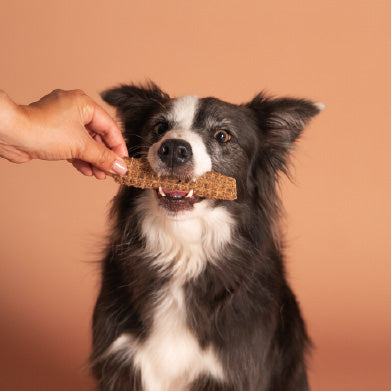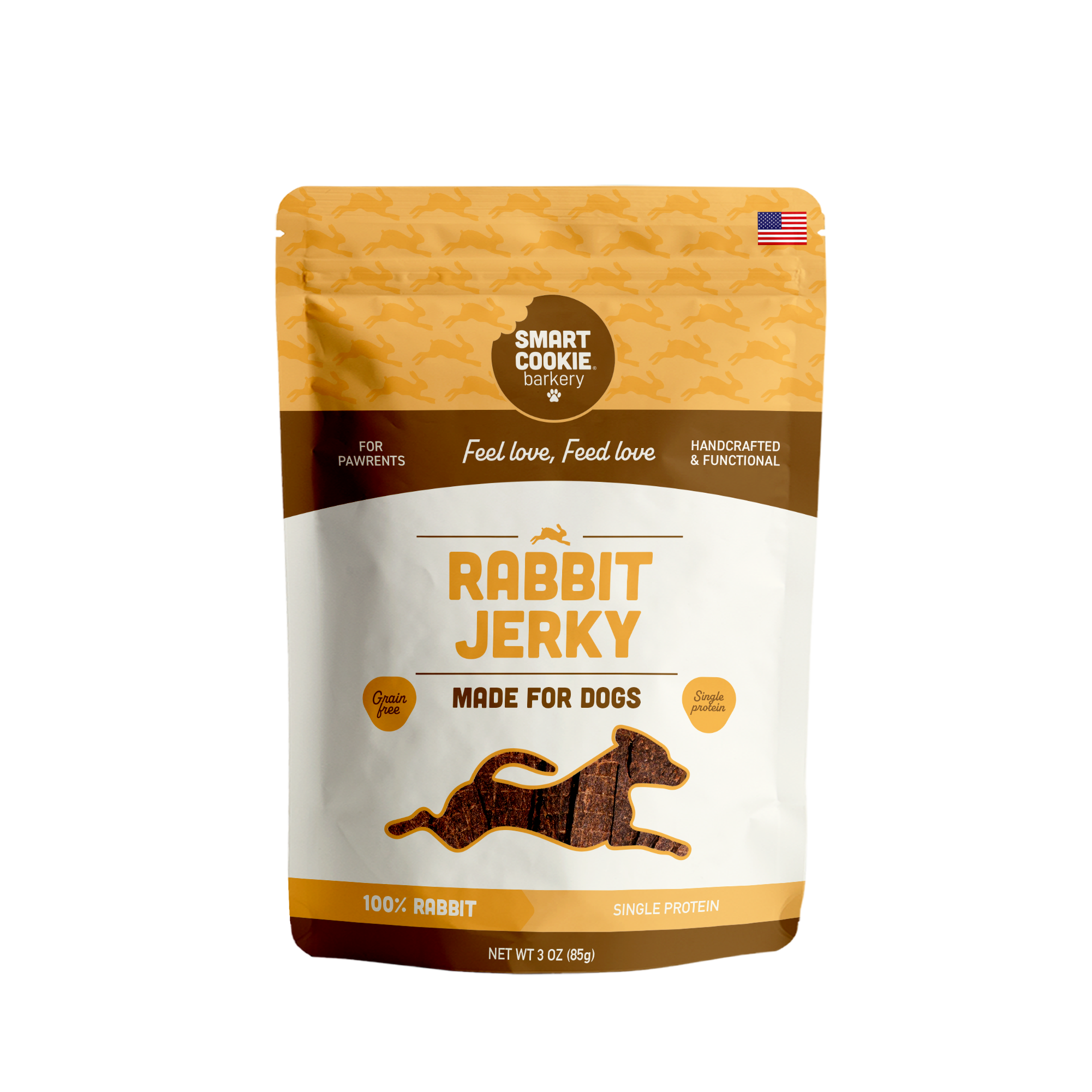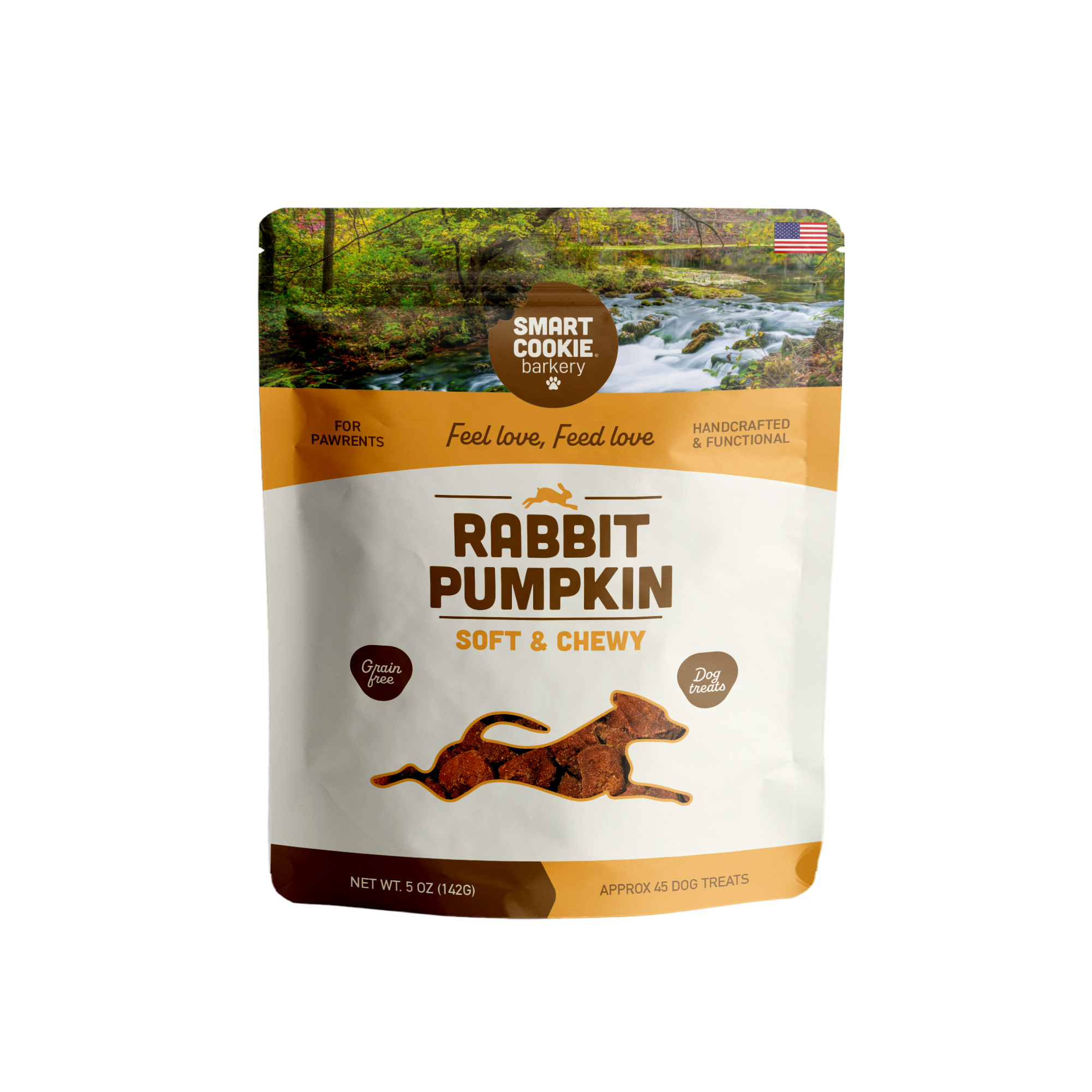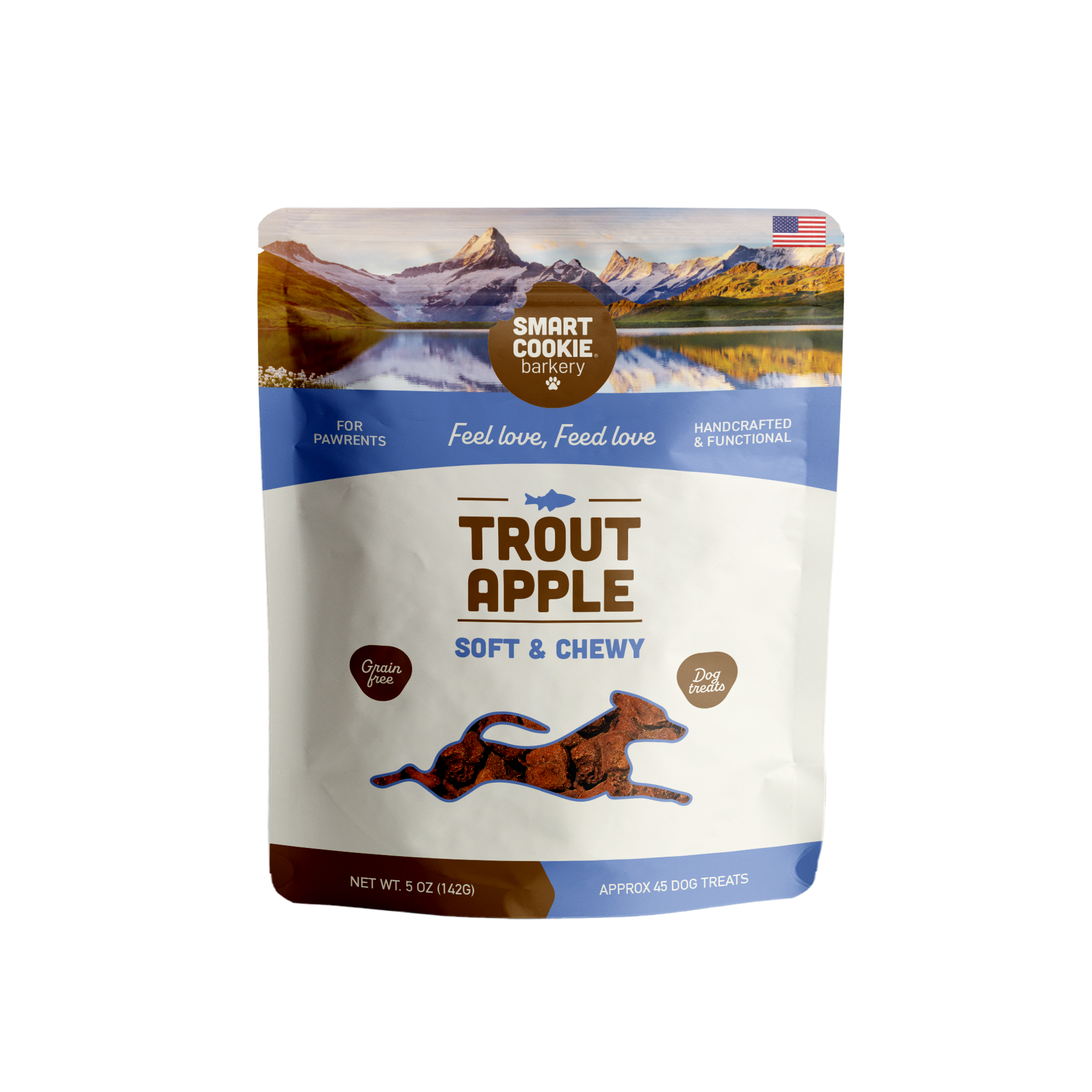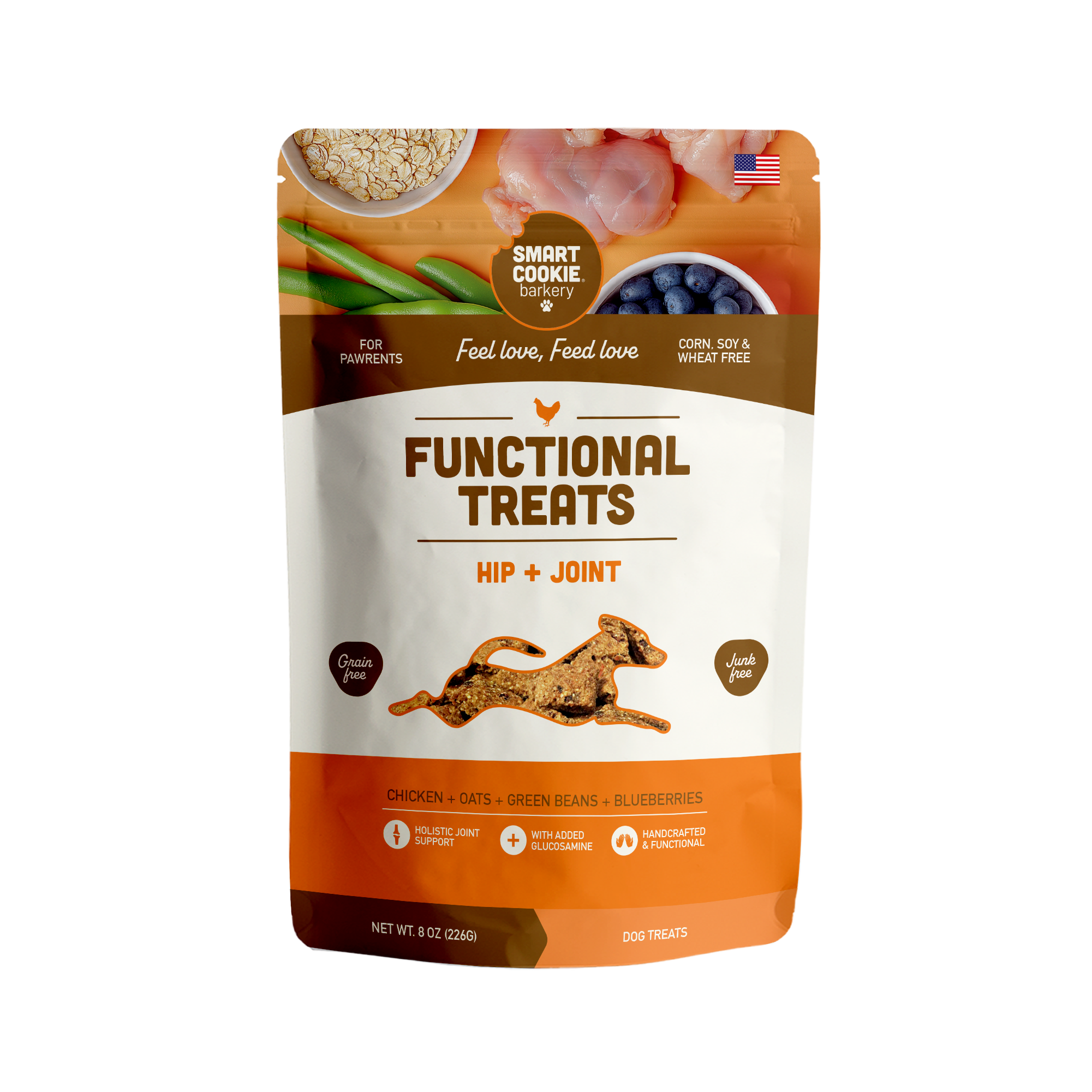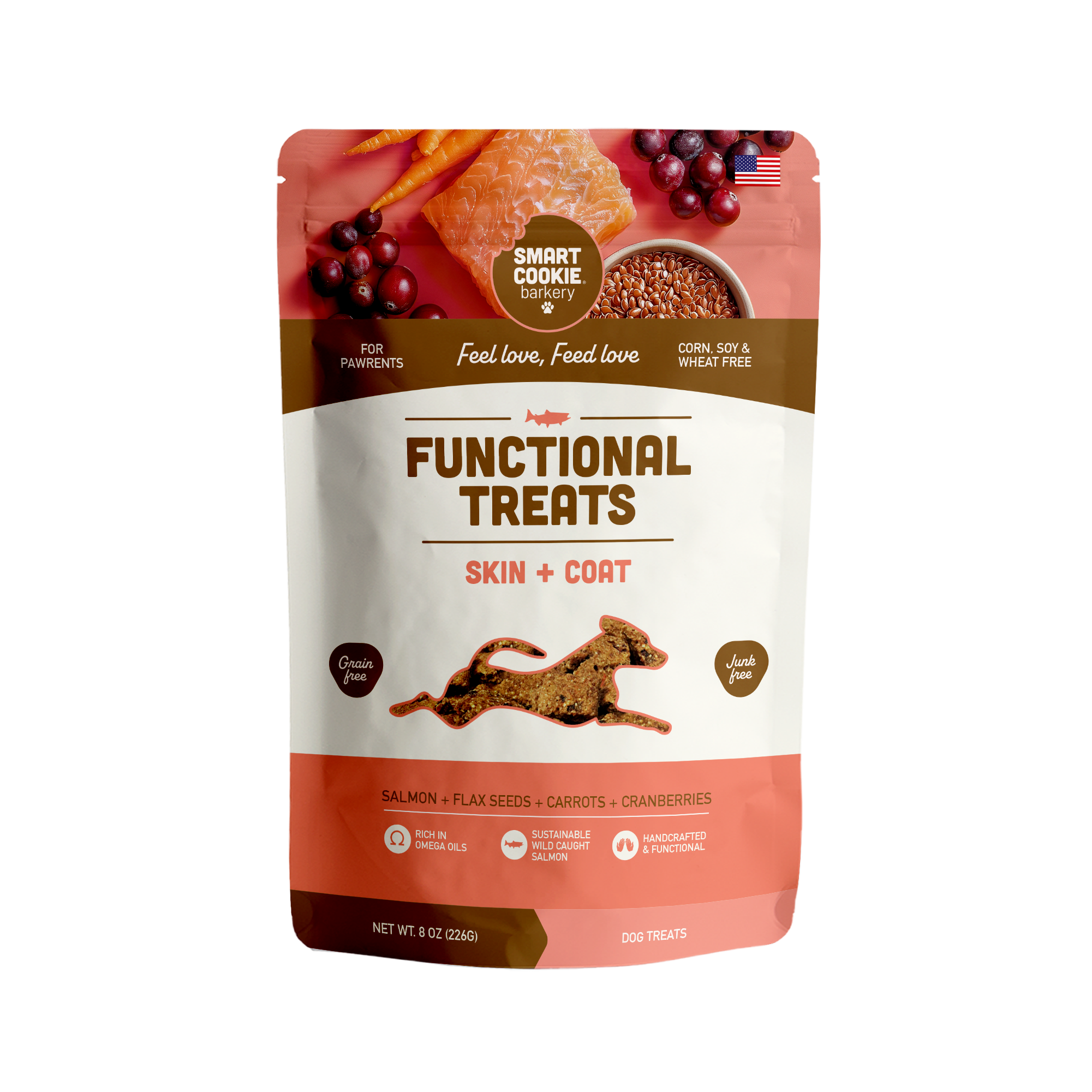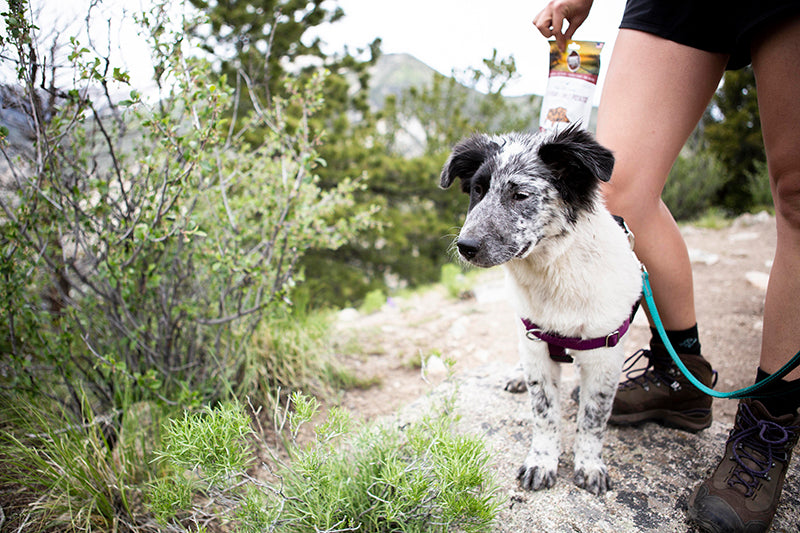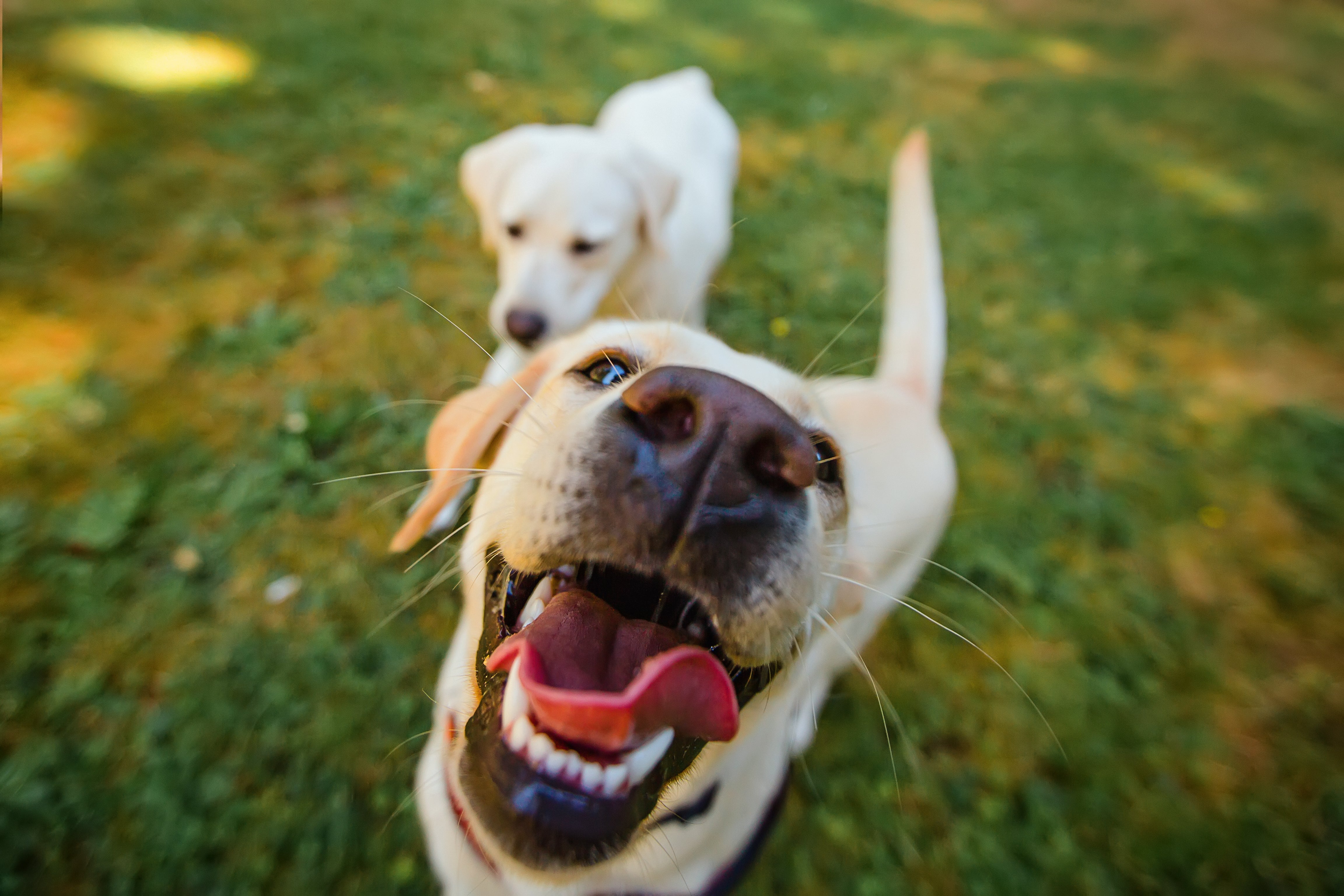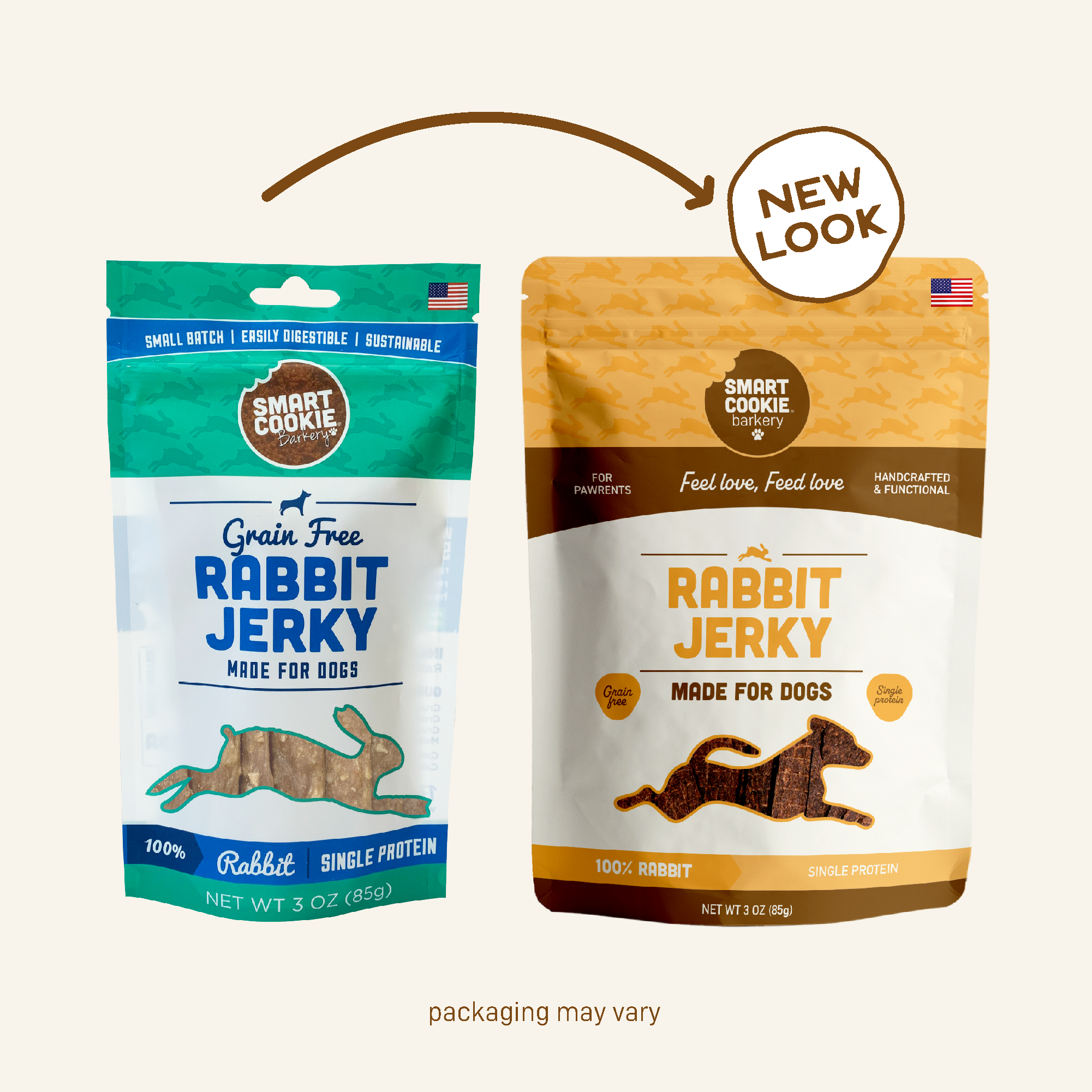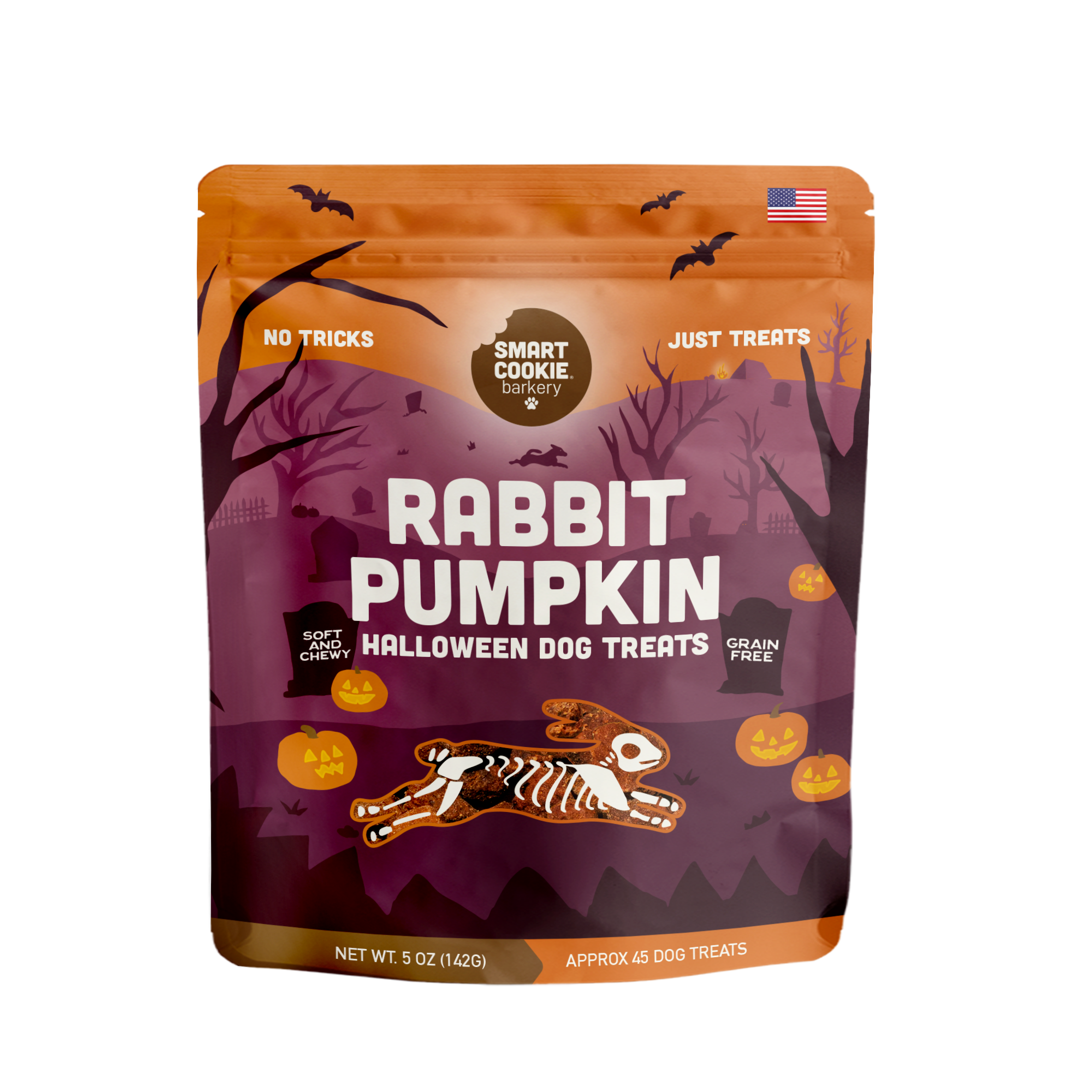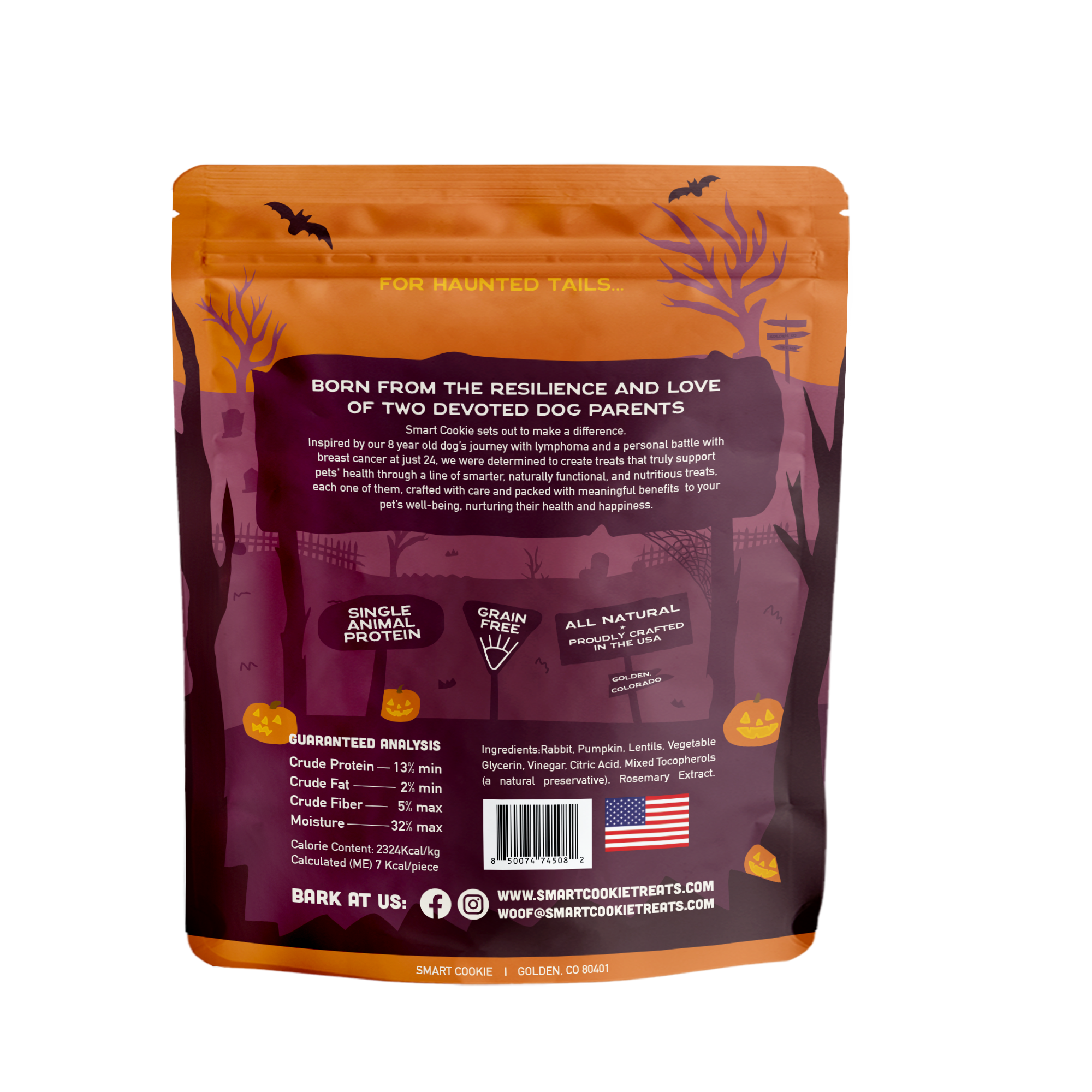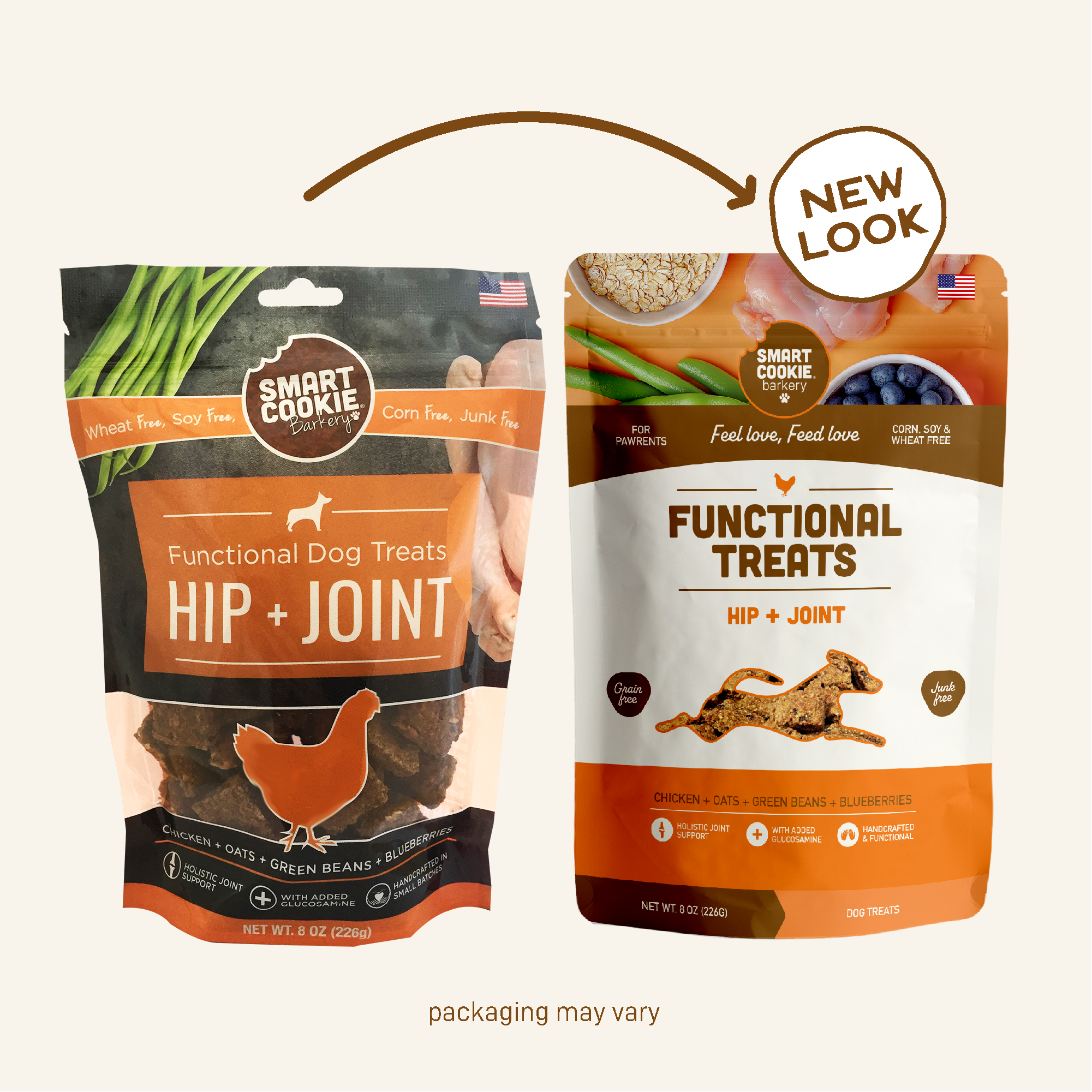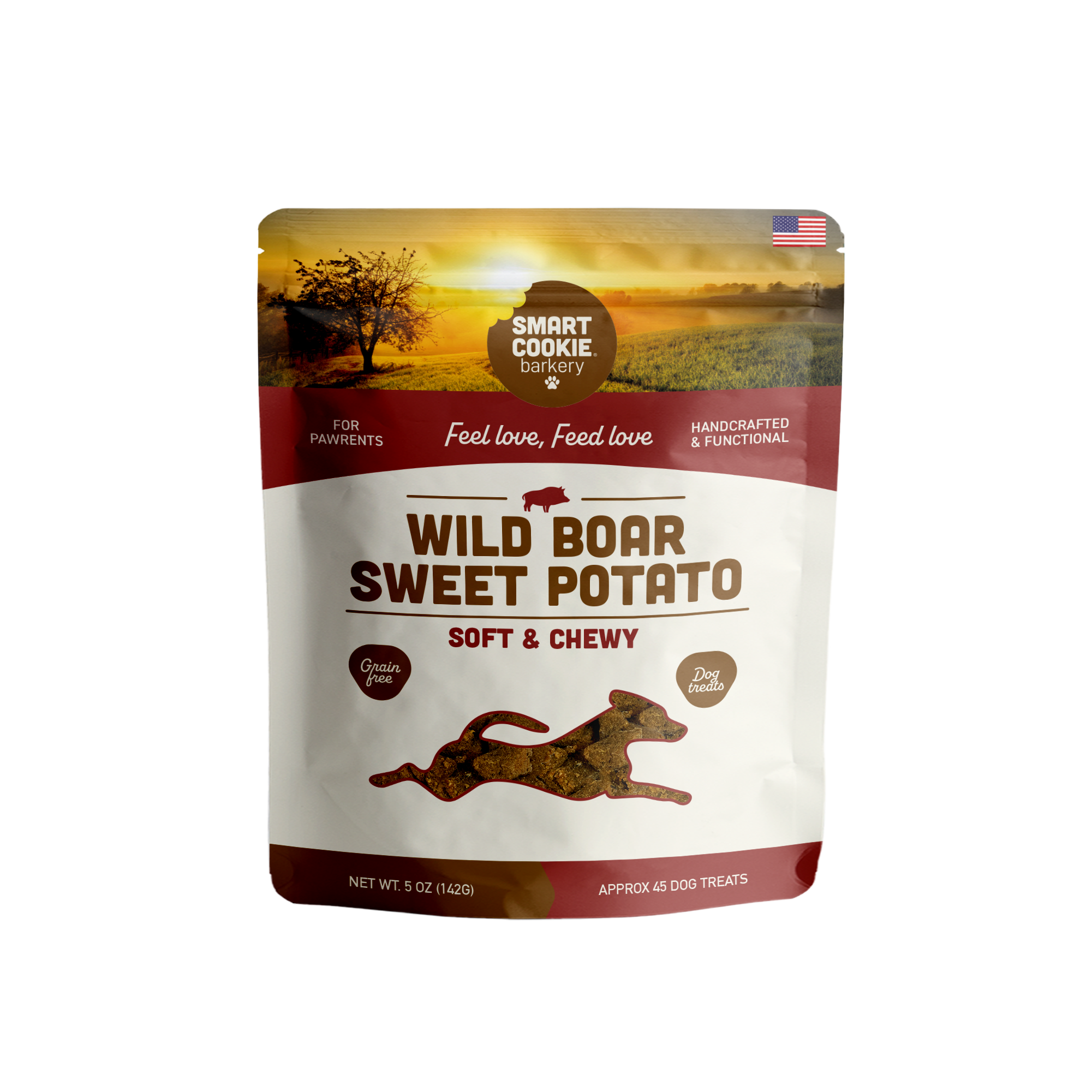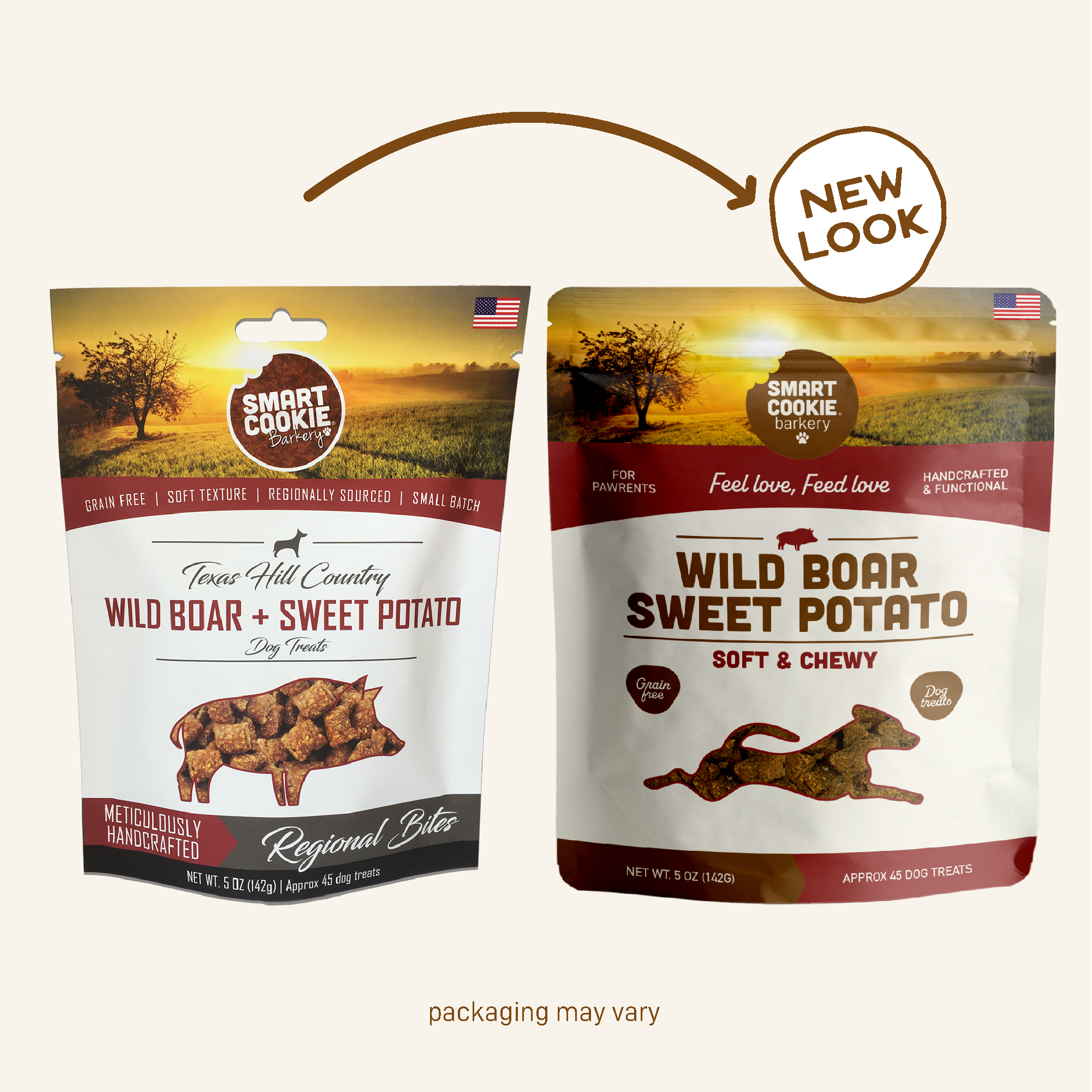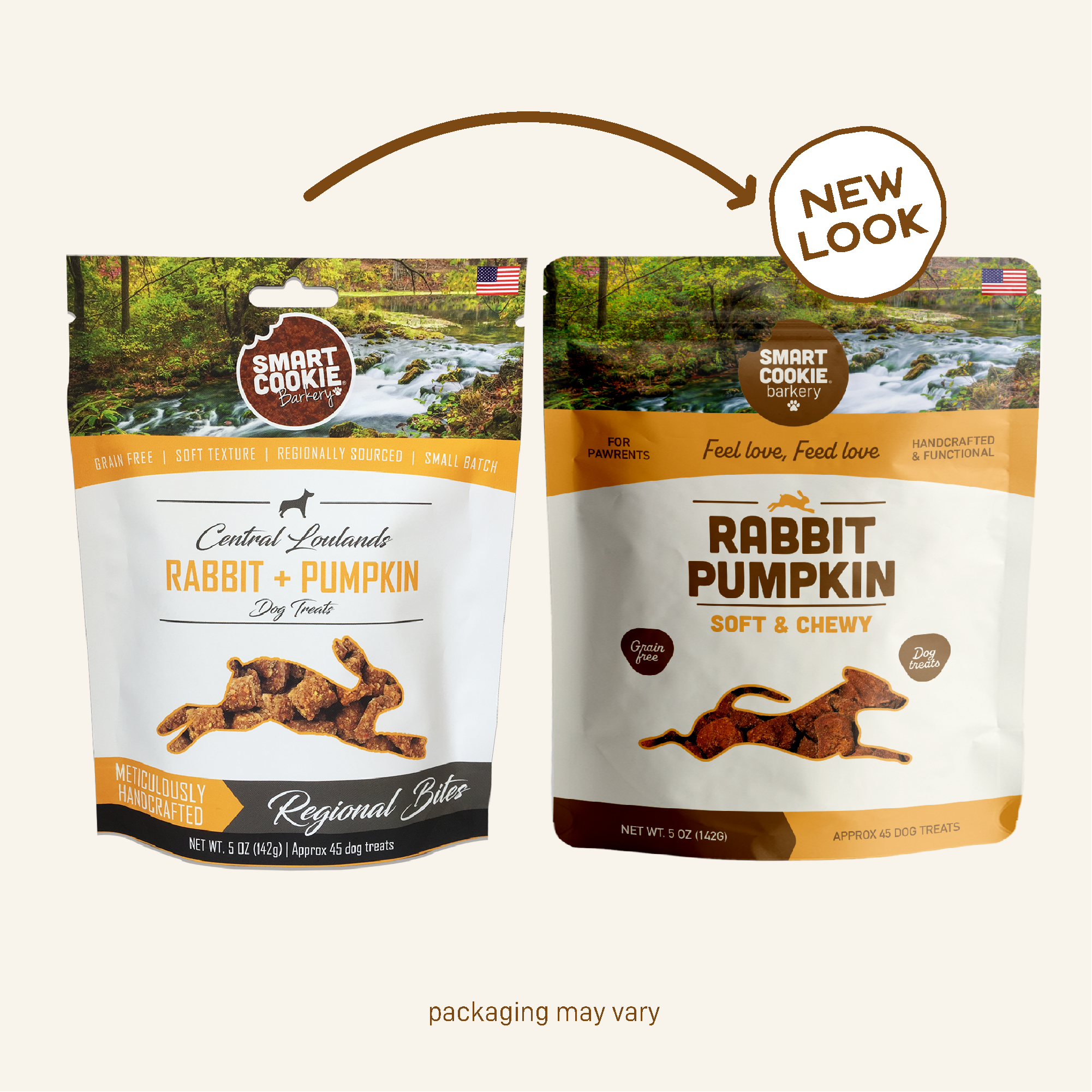We have all heard time and time again that fatty acids such as Omega 3 and Omega 6 are beneficial to dogs, as well as their human counterparts. But what exactly makes these chains of carbon molecules so good for our dogs, and what is the difference between an Omega 3 and Omega 6? [Insert cheesy sorority joke here]. To truly know the difference between the two and the benefits of each let’s get our “Nerd” on and talk more about those carbon molecules.
Nerd Alert!
Fatty acids aka Omega oils are chains of carbon molecules that are linked with either a
Single or a
Double bond, and it’s the location of that bond that makes it an Omega 3 or an Omega 6. Hang in there… you’ll see how these super cool fatty acids help your dog soon… SO, if this bond is at the 3rd carbon molecule then it is called an Omega 3. Thus, if the bond is at the 6
th carbon molecule it is called an Omega 6. You might be thinking at this point, okay that’s great but what does that mean? To put it clearly, the location of the bond creates different fatty acids and each acid has a different benefit. The fatty acids that are bonded together at the 3
rd molecule (Omega 3) are; ALA (alpha linolenic acid), EPA (eicosapentaenoic acid), and DHA (docosahexaenoic acid). So when it comes to Omega 6 the fatty acids are LA (linoleic acid) and GLA (gamma linolenic acid). Phew, say that 5 times fast.

To take this one more step, it’s important to understand what an “essential fatty acid” is. Essential fatty acids are carbon molecules stringed together to create a fatty acid that cannot be manufactured within the body. Meaning, they have to come from our diet. For dogs, the essential fatty acids are linoleic acid and alpha linolenic acid (remember all that nerdy stuff?) Side note… it’s important to realize that the essential fatty acids change from species to species. Cats require another fatty acid called arachidonic acid which is a part of the Omega 6 fatty acid family – but that’s a whole other topic for another day…
Fatty acids are rad! Here’s why.
Omega 6 –
- Facilitates water permeability in the skin, giving Fido “red carpet” ready skin.
- Restores any damaged cells within the body.
- Endorses inflammation which is beneficial when fighting illness or infection.
- Good for dogs with chronic illness.
Omega 3 –
- Anti-inflammatory properties.
- Great for dogs with flea allergy, kidney disease, arthritis and cancer.
- Increase trainability and mood. DHA increases growth of neutral pathways in the brain. That’s right it can actually make your dog smarter… Smart Cookie… get it?
- Necessary for many of the body’s systems to function properly.
Okay at this point we know Omega
oils are important and dogs need them, but how much of each should they receive and what food sources carry Omega 3 and/or Omega 6 fatty acids? Glad you asked…Omega 6 contains a fatty acid called AA (
Arachidonic acid) (nerd stuff again) which if given too much can actually be harmful. There are current studies researching the correct levels of Omega 6 to Omega 3, but the current recommended ratio is 5:1. Most large commercial foods that clout high in Omega oils on the label are made with corn, safflower oil, canola oil, or olive oil because they are cheaper and easier to find. Because of this, most dog diets are good on the Omega 6 fatty acids but need more Omega 3s. Remember, Omega 3s must be absorbed through the food that a dog eats since their body can’t manufacture the fatty acid by itself, so many dog owners turn to some form of supplement.
 Omega 3s can be supplemented a variety of ways. Take a quick look online and you will see more pills and potions than you can imagine. Another common way to make sure your best friend is getting their Omega 3s is to feed them foods that are rich in Omega 3s. Sounds simple enough, right? And that is exactly what we do here at this Colorado dog treat bakery. Why supplement with pills when you can get it straight from the source. So let’s take a look at some foods that contain high levels of both Omega 3 as well as Omega 6.
Omega 3s can be supplemented a variety of ways. Take a quick look online and you will see more pills and potions than you can imagine. Another common way to make sure your best friend is getting their Omega 3s is to feed them foods that are rich in Omega 3s. Sounds simple enough, right? And that is exactly what we do here at this Colorado dog treat bakery. Why supplement with pills when you can get it straight from the source. So let’s take a look at some foods that contain high levels of both Omega 3 as well as Omega 6.
Omega 3 – Sources
-
Flax seed. Matter of fact, flax is 50% fatty acid Alpha-Linolenic, and that is why we use it in every cookie we make.
-
Pumpkin seeds
-
Marine fish oil found in Salmon. Salmon, as discussed before, has that fatty acid goodness called DHA which can increase
brain function.
-
Soybean oil
Omega 6 – Sources
-
Vegetable oil
-
Poultry
-
Whole grains (make sure grains are not mass produced as the fatty acids can be destroyed during production.)
-
Coconuts
-
Seeds
Make sure to check your dog’s food ingredient panel and see if it is rich in fatty acids. Is it high in Omega 3s or in Omega 6? In order for a dog to live healthy and have normal body function these essential fatty acids are a must and they aren’t making it themselves. So it’s up to us, the human, to make sure they are receiving them.




 Omega 3s can be supplemented a variety of ways. Take a quick look online and you will see more pills and potions than you can imagine. Another common way to make sure your best friend is getting their Omega 3s is to feed them foods that are rich in Omega 3s. Sounds simple enough, right? And that is exactly what we do here at this Colorado dog treat bakery. Why supplement with pills when you can get it straight from the source. So let’s take a look at some foods that contain high levels of both Omega 3 as well as Omega 6.
Omega 3s can be supplemented a variety of ways. Take a quick look online and you will see more pills and potions than you can imagine. Another common way to make sure your best friend is getting their Omega 3s is to feed them foods that are rich in Omega 3s. Sounds simple enough, right? And that is exactly what we do here at this Colorado dog treat bakery. Why supplement with pills when you can get it straight from the source. So let’s take a look at some foods that contain high levels of both Omega 3 as well as Omega 6.
